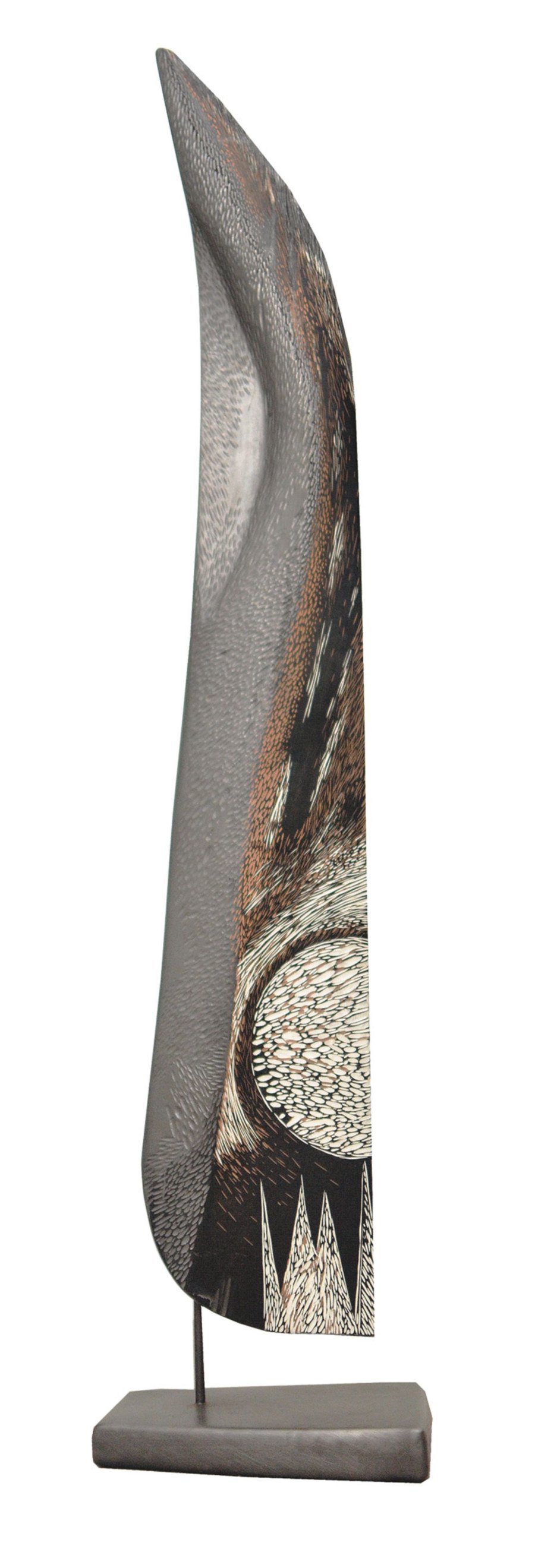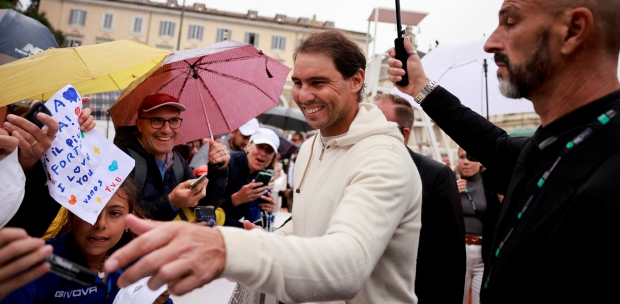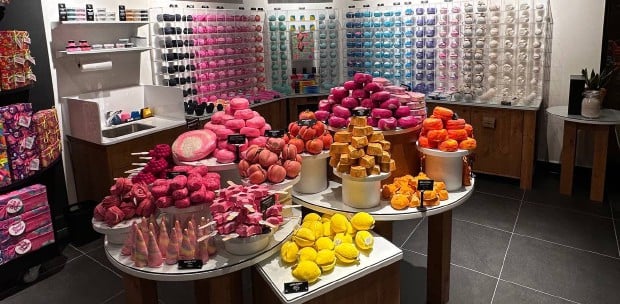IT is a kind of quietly-joyous show, from a quietly-joyous artist. Juhari Said’s The Solitude Series is testament to a career spanning over three decades. Ten pieces,
all three-dimensional free standing units are the artist’s woodblocks, of sparse and unpretentious lines,
almost muted tones and rich texturing applied with oil and sumi. These pieces are truly spectacular works from an artist who never tires of trialing with the medium.
“When people see my work, especially this one, they wonder: ‘What are these decrepit-looking pieces of driftwood?,’” says Juhari, who is widely recognised for his thought-provoking black-and-white prints and carved woodblocks. “But look closely; these works are all vertical, as opposed to the more seen reclining works we see today. After more than 35 years in this business, I couldn’t care less what people say or think, that printmaking has to be rendered in a specific way. I have my own beliefs,” he adds.
White travelling in Jordan two years ago, Juhari came across a material he now uses in his pieces. “I discovered graphite and applied it unto the pedestals and surfaces. The works may look dark but they possess elements of positivity. They all point upwards. To what is eternal.”
EVOLVING ART
Throughout the decades, Juhari expanded his repertoire of style — in 2005, after 23 years of printmaking, he begin producing artworks that were no longer prints procured from a block of wood but the actual woodblocks themselves. Focusing on the form and the surface, he began to explore sculptural artwork. Like his artistic vision, printmaking has also gone through an evolution of sorts — it is now an art form which has branched into several subdivisions, including linocut, etching and lithography.
The methods are complex, incorporating various techniques; the printmakers create diverse surfaces, colour effects and arrangements defined by the artist’s style and persona. Some of the more common techniques are Relief, where ink is applied to the external of the matrix. There is also Planographic, where the matrix is specifically coloured to permit transferring of images, and Intalio, the method of smearing ink underneath the matrix’s surface.
SERENITY IN SOLITUDE
A conversation with Juhari is filled with enthralling stories of his extensive travels, and anecdotes on public figures and personalities. He speaks animatedly on friendships cultivated and nurtured, of future plans with his beloved Barehands Artist Residency Project, his studio, home and orchard, Akaldiulu, in Hulu Langat, and the many influences which have shaped him as both an artist and person.
Solitude, as Juhari confides, is about discovering your inner self. “It is a state I find deep joy in. It is testament of a career that is long, fulfilling and wonderful,” he says of his passion, which has allowed him to showcase his work in over 20 countries around the world.
“The Solitude Series reflects my maturity as an artist and how I perceive my surroundings, be it personal, cultural and political. My works are not representational; they are personalised forms and techniques,” he concludes.
The Solitude Series is simply this: To make us forget the technicalities of printmaking and instead, revere in the joy of unpolluted and sensual imagery.
Juhari Said — The Solitude Series
WHEN Until June 17; Monday-Friday 10am-6pm, Saturday 10am-5pm
WHERE Wei-Ling Gallery, 8, Jalan Scott, Brickfields, Kuala Lumpur
CALL 03 2282 8323 / 2260 1106
EMAIL [email protected]
ABOUT THE ARTIST
JUHARI Said is one of Malaysian’s leading printmaking artists who significantly changed the role of printmaking in the country. After graduating from Universiti Teknologi Mara (UiTM) in 1983, he studied traditional Japanese printmaking under the renowned Japanese artist Yoshisuke Funasaka.
With his open and exploratory approach to art, Juhari continues to experiment with different techniques and materials, even taking wood carving techniques and applying it unto ceramics.
He is constantly looking for meaning and purpose, trying to make sense of modern-life issues. He integrates the viewer in a critical discourse, questioning social and political concepts, and showing the possibility of ambiguity in life.
ABOUT THE GALLERY
FOR over a decade, Wei-Ling Gallery has nurtured the development of the country’s contemporary art scene. The objective of the gallery is to promote and cultivate the best of contemporary art in this country, working with a core stable of artists who are dedicated to their artistic journey and vision.
In its mission of fostering local contemporary art, the gallery has also become the largest publisher of art books and catalogues with more than 100 titles to its name.










